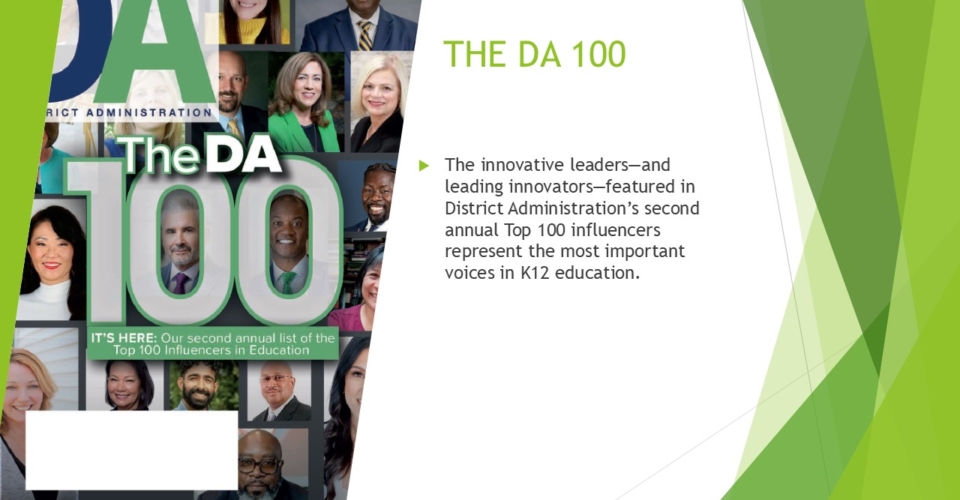In preparation for what’s been labeled as “the bloodletting” by one economist, districts small and large are strategically budgeting their COVID relief funds to ensure they’re not obligated to any unnecessary spending once the funds dry up. But how exactly are districts choosing to spend this money?
By September 2024, school districts will no longer have access to their federally provided COVID relief funds, which have served as a safety net for districts in their efforts to combat issues surrounding staff retention, learning loss, transportation, you name it. If districts aren’t careful, they may find themselves tied up financially with no way to pay for the things they’ve committed to, such as permanent pay raises for teachers.
During a recent webinar sponsored by The Hunt Institute, Dr. Marguerite Roza, director of the Edunomics Lab at Georgetown University, broke down the four financial shocks that will be hitting districts all at once:
- ESSER is boosting spending, but that ends abruptly in September 2024.
- Most at risk: Districts using ESSER for recurring financial commitments via budget backfilling, new hires, or permanent raises.
- Enrollment declines mean less revenue in the long run.
- Most at risk: Urban districts, districts closed longer, and northern states.
- Inflation, labor scarcity, and new hiring are driving up recurring commitments.
- Most at risk: Those offering permanent raises that are larger than typical and those growing their staff roles.
- An economic slowdown would affect growth in state revenues.
- Most at risk: Districts that are more dependent on state revenue (or in states more affected by economic slowdowns).
But for the time being, districts are using these funds to tackle the most pressing issues in education, namely learning loss, staffing, and facilities and operations. That’s according to the most recent data from Burbio, a data service company, which has collected data from 6,000 school districts on how they plan to allocate their ESSER III funds.
Spending overview
Academic intervention and learning loss continue to be the areas that have received the most support in terms of ESSER spending, according to the data. School staffing and facilities/operations follow closely behind.
Across the dataset:
- Academic intervention/learning loss: 27.4%
- Staffing: 24.4%
- Facilities and operations: 23.9%
- Technology: 9.7%
- Mental and physical health: 7.2%
- Miscellaneous Financials: 5.6%
With this in mind, let’s take a closer look at how districts are using these resources in two of some of the most prominent areas to have increased in importance since the pandemic: learning loss and technology.
Breaking down the five most expensive academic interventions
- Summer, after-school and extended school days: 4,000+ districts, totaling $6.5 billion
- Early childhood: 275 districts, totaling $2.7 billion
- Professional development: 2,389 districts, totaling $1.9 billion
- Tutoring: 1,279 districts, totaling $1.7 billion
- Instructional materials/Math/ELA: 1,000+ districts, totaling $1.6 billion
Breaking down technology spending
- Technology that supports learning and instruction: 1,438 districts, totaling $2.1 billion
- Technology infrastructure and hardware: 1,559 districts, totaling $1.15 billion
- Student mobile devices: 1,528 districts, totaling $2.7 billion
- Virtual model/online school/distance learning: 810 districts, totaling $972 million
- Connectivity: 1,049 districts, totaling $885 million
- Smart panels: 393 districts, totaling $393 million
- Security cameras/locks: 292 districts, totaling $100 million
- Cybersecurity: 166 districts, totaling $100 million
More from DA: COVID stripped students of nearly 35% of a year’s worth of learning



